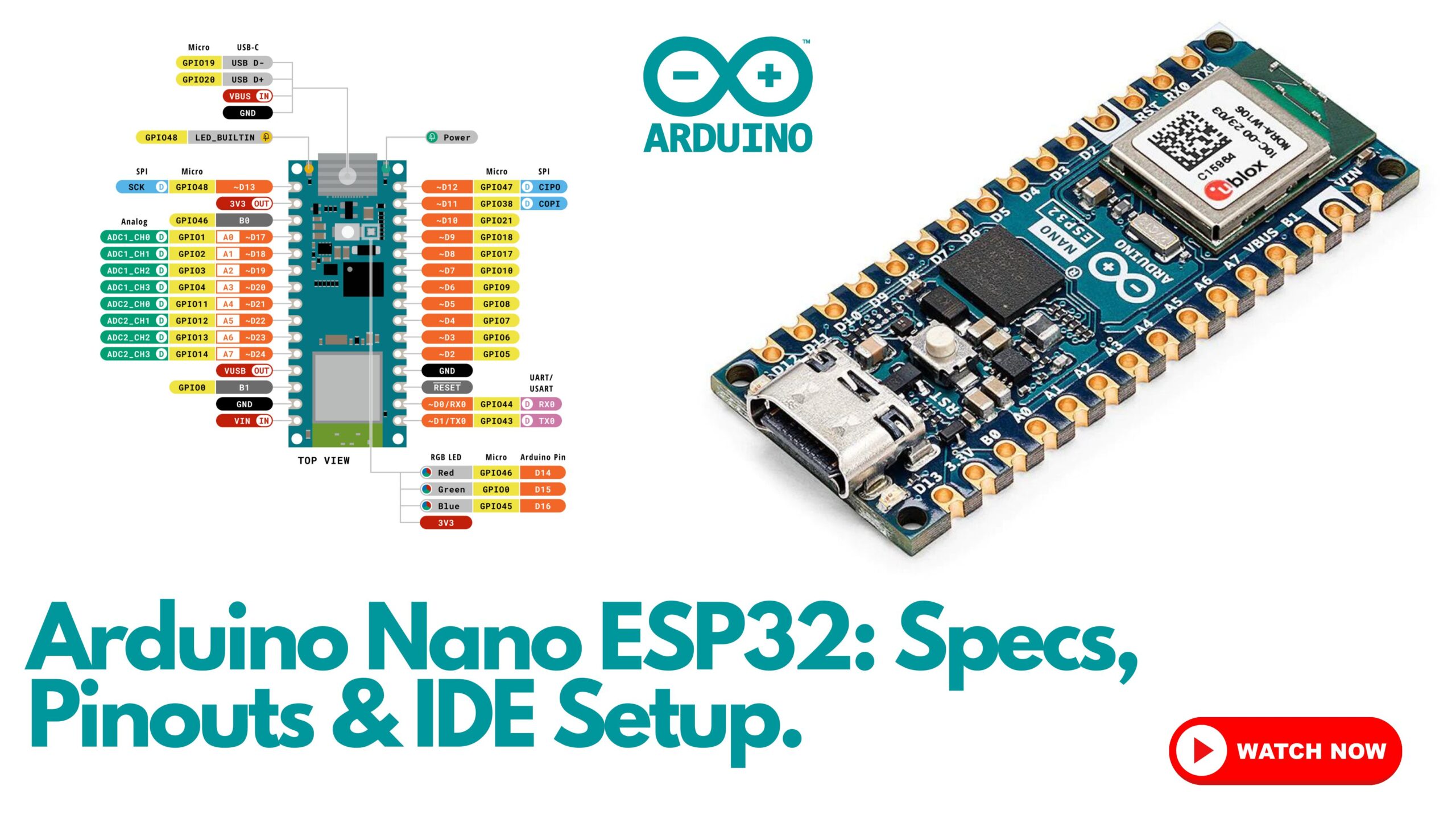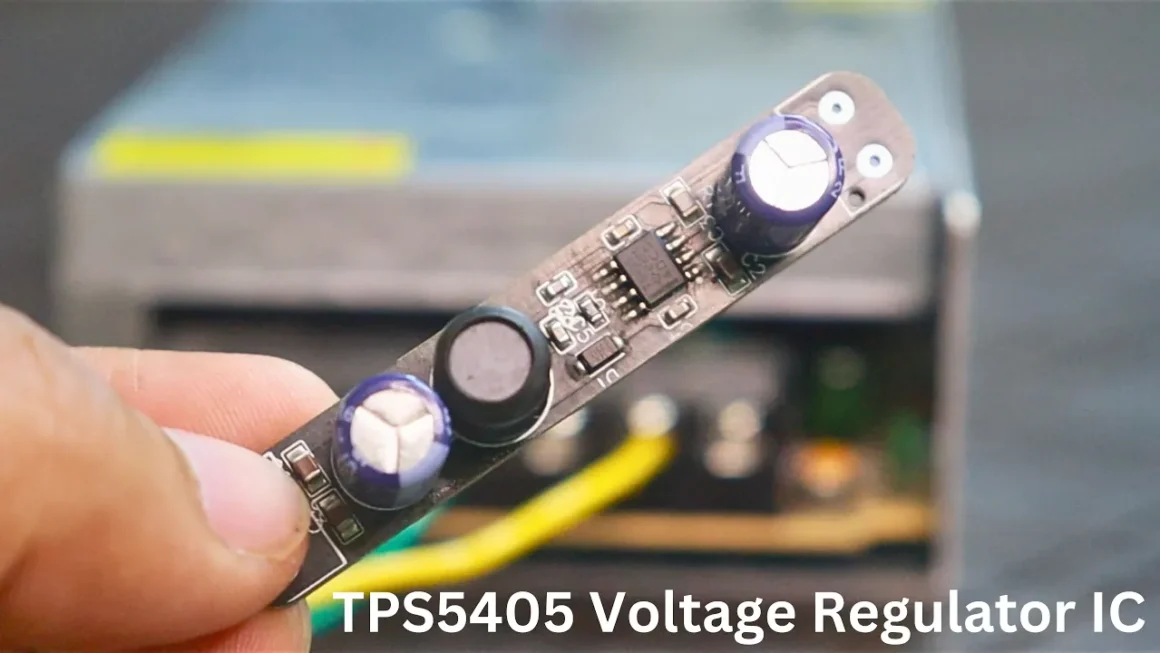The world of Internet of Things (IoT) is rapidly evolving, and Arduino is at the forefront of this revolution. The Arduino Nano ESP32, the first Arduino board based on an ESP32 microcontroller from Espressif, is a testament to this evolution. This board, featuring the NORA-W106 module from u-blox®, is a powerful tool for developers and hobbyists alike.
Key Features.

The Arduino Nano ESP32 stands out for its dual support for Wi-Fi® and Bluetooth® (5.0 and above). This dual connectivity makes it an ideal device for IoT development, allowing for a wide range of applications in various fields such as home automation, industrial automation, and wearable technology.
One of the significant advancements of the Arduino Nano ESP32 is the inclusion of a USB-C® connector, a first for the Nano board series. This feature not only allows for faster data transfer rates but also provides a more robust and reversible physical connection.
Technical Specifications

The Arduino Nano ESP32 does not have a traditional 5V pin. Instead, it features a VBUS pin, which provides 5V as long as the board is powered via USB. This design means that powering the board via VIN will not enable the VBUS pin, limiting the option to receive 5V to USB power sources.
At the heart of the Arduino Nano ESP32 is the u-blox® NORA-W106 (ESP32-S3) microcontroller. The board also boasts 14 digital I/O pins, 8 analog input pins, and 5 PWM pins, all of which can handle external interrupts. This flexibility allows for a wide range of applications and project designs.
For communication, the board is equipped with two UART ports, one I2C port, and one SPI port. The I/O voltage is 3.3V, and the input voltage is nominally between 6-21V. The board’s processor can clock up to 240 MHz, and it comes with 384 kB of ROM, 512 kB of SRAM, and 128 Mbit (16 MB) of external flash.
Despite these impressive features, the Arduino Nano ESP32 maintains a compact form factor, measuring just 18 mm in width and 45 mm in length.
Software Compatibility and Learning Resources.
The Arduino Nano ESP32 is compatible with various software tools for programming, including the Arduino IDE, Arduino CLI, Web Editor, and IoT Cloud. This compatibility ensures that developers can choose the programming environment that best suits their needs and preferences.
For those interested in using MicroPython, Arduino offers a free MicroPython 101 course. This course is a great resource for learning how to leverage the power of MicroPython with the Nano ESP32.
For Bluetooth® Low Energy and Bluetooth® 4.0 and above applications, the ArduinoBLE library is recommended. This library is designed specifically for Arduino boards with Bluetooth® hardware enabled.
To help beginners get started, the board comes with built-in examples in the Arduino IDE. These examples demonstrate all basic Arduino commands, providing a solid foundation for those new to the platform.
Conclusion
The Arduino Nano ESP32 is a powerful, versatile board that is ideal for both beginners and experienced developers. Its robust features, combined with its compatibility with various programming tools, make it a valuable tool for anyone interested in IoT development.
For more detailed information, including installation guides, pin references, communication ports, and microcontroller specifics, refer to the [Arduino Documentation]




